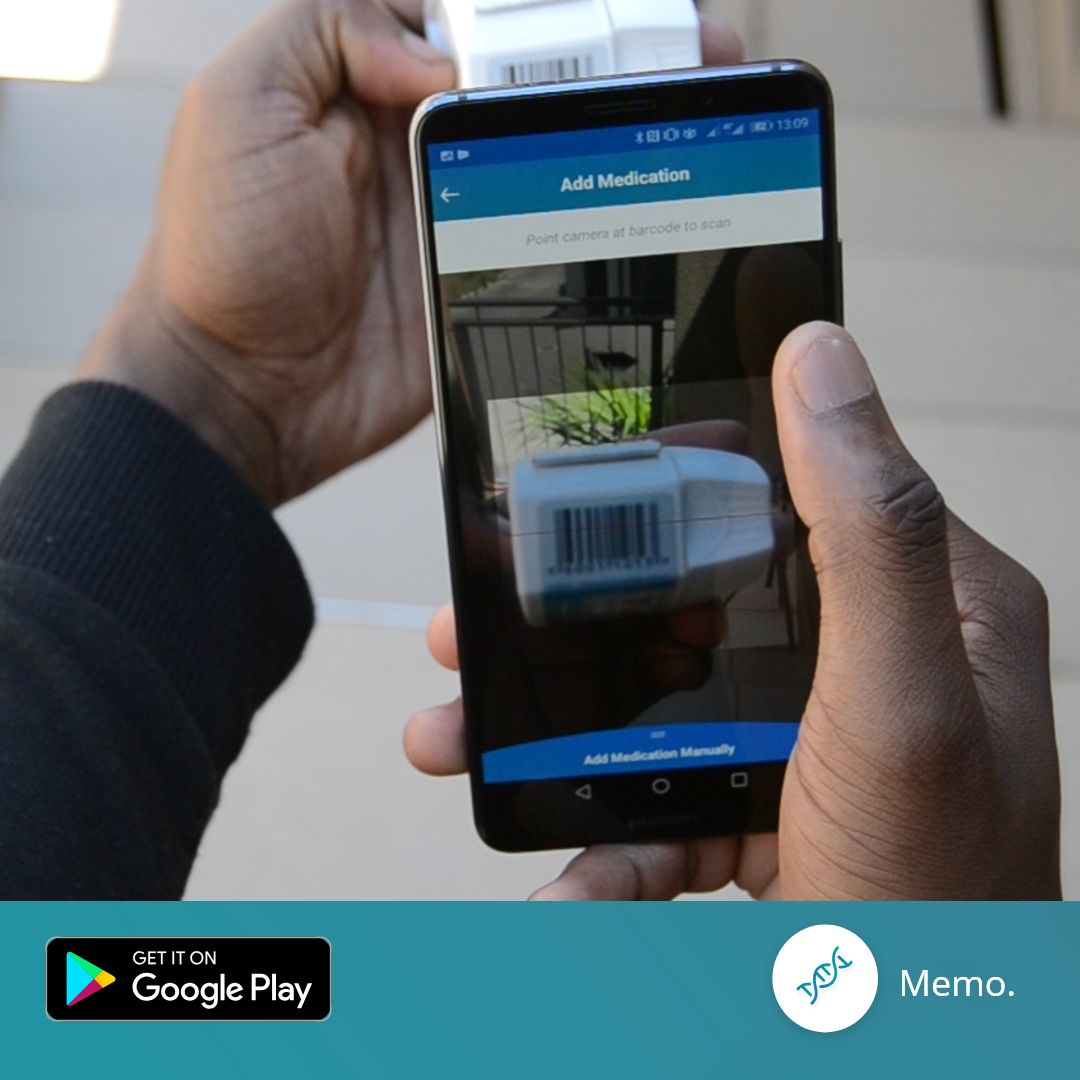Less than two hours from Cape Town along the gentle West Coast Route, the tiny town of Paternoster lies nestled in fynbos and rural simplicity. The fishing dorpie, one of the oldest in South Africa, is utterly picturesque – wild flowers, massive boulders, crisp white sand and whitewashed fisherman’s cottages, all backed by the ice-blue Atlantic ocean. We are here for solitude, sunset and the masses of unbroken shells that wash up on pristine beaches along this coastline.
“Kreef ?” or lobster – the Afrikaans word is always a question here in Paternoster and darkly-tanned fishermen pedal ominously heavy plastic bags. On the outskirts of town the famed Cape wind is the only thing stirring between time-share cottages.
We reach Blikkie Pizzeria, a turquoise tin hut restaurant which also houses the tannie-run offices of Stay In Paternoster (the more budget-friendly accommodation dealers). My fiance’s Afrikaans smooths our path and the tannie is warm and helpful, that old-school South African hospitality that offers you a rusk met jou koffie, every time. The accommodation on offer is a range of well-priced cottages and annexes, some more mooi and some more fresh, almost all with some kind of sea-view. We settle on ‘At The Beach’, with a sheltered stoep and braai plekkie, a 20m stroll through the fynbos onto the beach.
As we sign the slip and snatch the key, the tannie shoots us a piece of advice – the same advice she gives anyone holidaying in Paternoster. It comes from a place of terrible compassion: “Just make sure you lock your doors.” She meets our eyes to drive the message home, and in her face there is both sadness and love. “They won’t break in; but if it’s unlocked, they will open it.” They. The dark-skinned and light-eyed coloured population of Paternoster.
The legacy of apartheid and our tumble into democracy leave their marks across the country. In cities like Joburg and Cape Town, the fast and tangled chaos makes it hard to see exactly who caused what and why. But in a simple, silent and relatively isolated town like Paternoster, the transition is blank and clear.
The hand which gives and also takes away. The legacy of control, which was not always oppression. For the coloured population to begin to feel autonomous after lifetimes of being infantilized, and for the white population to begin to feel separate, after lifetimes of being pivotal.
The child that was never your child.
There is nothing wrong with the modernity that is changing the shape of Paternoster. It is simply that our history of separateness, the institutionalized un-truth of our inequality, makes it a heart-wrenching change to witness.
All images courtesy of Ri Bot, follow @broadennewsound
For more danger, follow @cocolovesdanger



